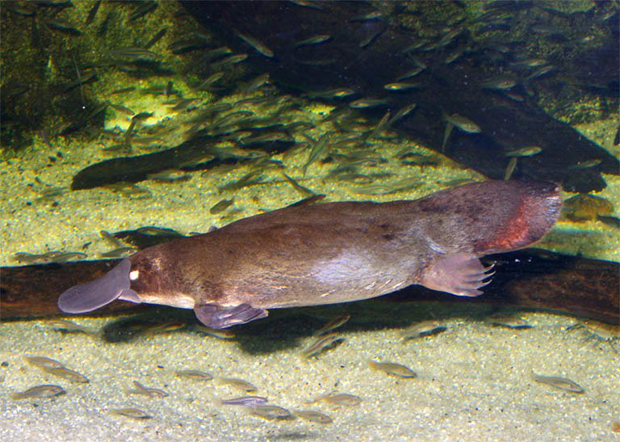Okapi interesting facts:
- Okapi (Okapia johnstoni) is closely related to giraffe but is smaller with much shorter neck and stripe on the legs. It also looks like it is part deer and part zebra. It is native to the Ituri Rainforest in the Democratic Republic of the Congo, in central Africa.
- Okapi is solitary animal. Each one is stacking its own patch of turf and prefers to stay there as long as there is a enough food.
- The Okapi has a reddish dark back, with striking horizontal white stripes on the front and back legs. They have an oily, velvety coat of fur that repels the water.
- The Okapi has a keen sense of smell and hearing.
- Okapis are master at hiding. You usually won’t spot a herd of okapis no matter how hard you look.
- The Okapi weight varies from 200 to 300 kilograms (440 to 660 lb), the body length from 1.9 to 2.5 metres (6.2 to 8.2 ft) long and the height from 1.5 to 2.0 metres (4.9 to 6.6 ft) tall.
- The Okapi habitat are rainforests, the lifespan is about 25 years. It’s could speed up to 37 mph (60 km/hr). Okapis are herbivores eating mainly tree leaves, grass, ferns, fruit and fungi.
- Okapis are very picky on their food. Okapis will eat only the mature leaves of certain trees.
- The Okapi has a long black-blue tongue, like the giraffe. The Okapi can even reach its eyes and ears using its tongue.
- The Okapi was discovered in the deep forests of Belgian Congo by the explorer Henry Stanley.
- Male Okapis are known as bulls and female Okapis are known as cows.
- The only times you are about to see more than a single okapi is when it is a mother with her youngster. Young okapis stay with their mother for not quite a year, and then seek their own patch of turf.
- Okapis are ruminants i.e. they swallow their food initially and later regurgitate it for chewing and swallowing it the last time. The okapi stomach is divided into four or three compartments.
- The male Okapi has short, skin-covered horns called ossicones. The color of okapi’s body is chiefly reddish chestnut, the cheeks are yellowish white, and the fore and hind legs above the knees and the haunches are striped with purplish black and cream color.
- The Okapi is listed by the International Union for Conservation of Nature (IUCN) as 'Near Threatened'. This means that Okapis may be considered threatened in the near future.























